Stray Dogs in Chernobyl Spotted with Mysterious Blue Fur
Stray dogs living in the Chernobyl Exclusion Zone have become an unusual topic of conversation after several were spotted with bright blue fur. While the sight immediately raised concerns about radiation exposure, experts say the cause is likely far less alarming — though still mysterious.
The blue dogs were first reported by Dogs of Chernobyl, an affiliate of the non-profit Clean Futures Fund (CFF), which works to care for roughly 700 stray dogs living within the exclusion zone. On October 13, the organization shared photos of three dogs whose fur appeared strikingly blue.
 Source: YouTube
Source: YouTube“We are on the ground catching dogs for sterilization and we came across three dogs that were completely blue,” the organization wrote on Instagram. “We are not sure exactly what is going on.”
Despite their unusual appearance, rescuers confirmed that the dogs were active and healthy, showing no signs of distress or injury. This observation made it unlikely that the blue coloring was connected to radiation poisoning — a concern that still lingers decades after the 1986 Chernobyl Nuclear Power Plant disaster.
Instead, experts believe the animals might have come into contact with a chemical or dye in the surrounding industrial area. According to a report by CBS News, CFF speculated that the color could be caused by exposure to a leaking chemical source, possibly even something as odd as a blue industrial dye or residue from a porta potty unit.
The Clean Futures Fund, which manages spay-and-neuter programs and vaccination efforts for the dogs of Chernobyl, emphasized that the hue appears temporary and harmless. They assured followers that once the dogs are captured for sterilization, their fur will be tested to identify the source of the dye.
 Source: YouTube
Source: YouTubeThe dogs themselves are part of a much larger, ongoing story — one that stretches back nearly four decades.
When the Chernobyl disaster struck in 1986, over 120,000 residents were forced to evacuate the area surrounding the power plant, known as the Exclusion Zone, a roughly 19-mile radius of restricted land. Many evacuees were told they could return within three days, so countless pets — including dogs — were left behind. That return never happened.
 Source: YouTube
Source: YouTubeOver time, those abandoned dogs reproduced and formed packs. Today, their descendants still live in and around the Chernobyl zone, enduring harsh conditions. They face starvation, radiation exposure, and threats from rabid wolves, according to the Clean Futures Fund.
Despite these challenges, the nonprofit’s Dogs of Chernobyl project continues to provide food, medical care, and vaccinations to the animals. The group’s work helps control the population through sterilization while ensuring that the dogs have some measure of safety and care.
 Source: YouTube
Source: YouTubeThe blue dogs, though startling to see, have become a vivid reminder of how resilient life can be — even in one of the most infamous disaster zones on Earth. As rescuers continue their investigation, one thing is clear: Chernobyl’s dogs remain symbols of both tragedy and hope, survivors of a past that still echoes through their existence today.
Click the video below to watch the full story:

 18 hours ago
3
18 hours ago
3




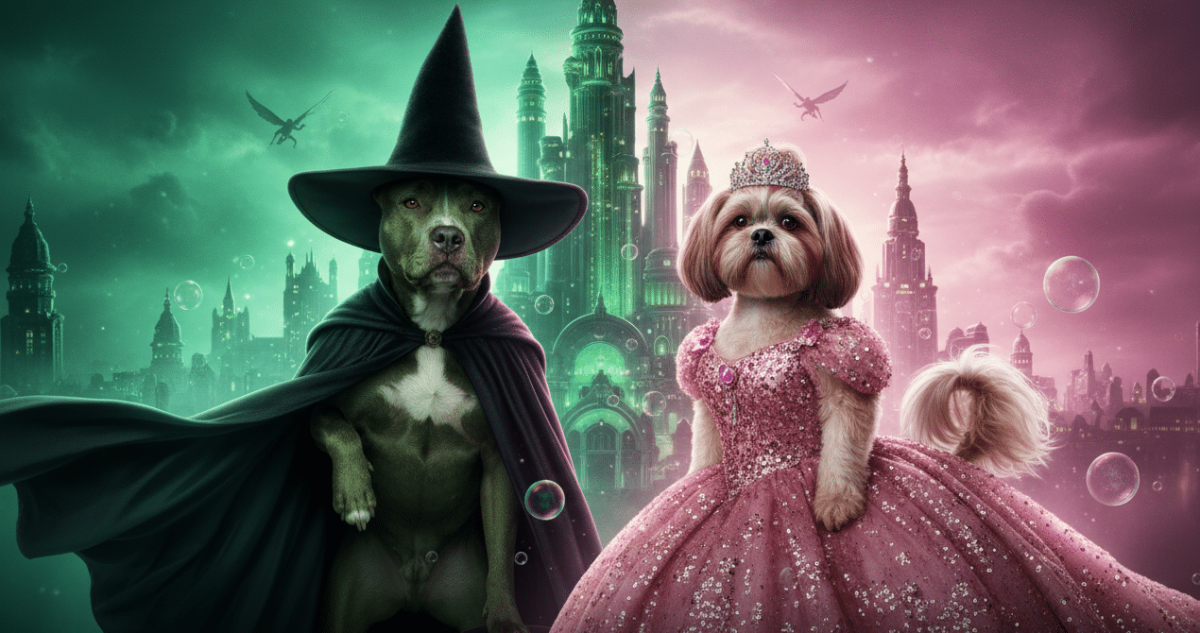



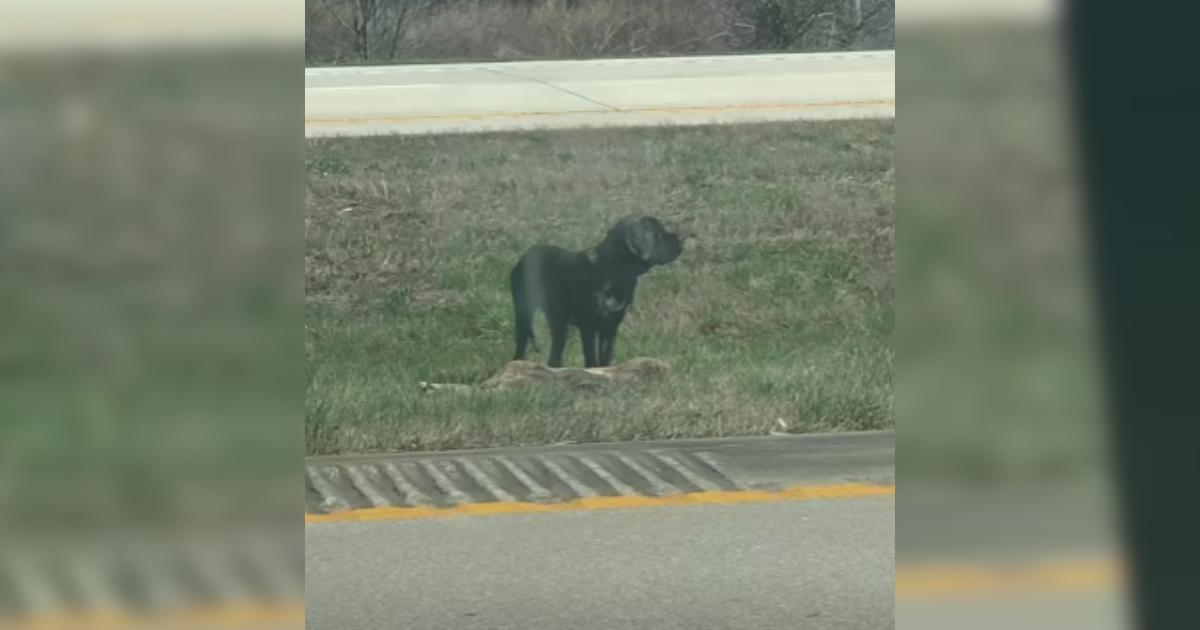




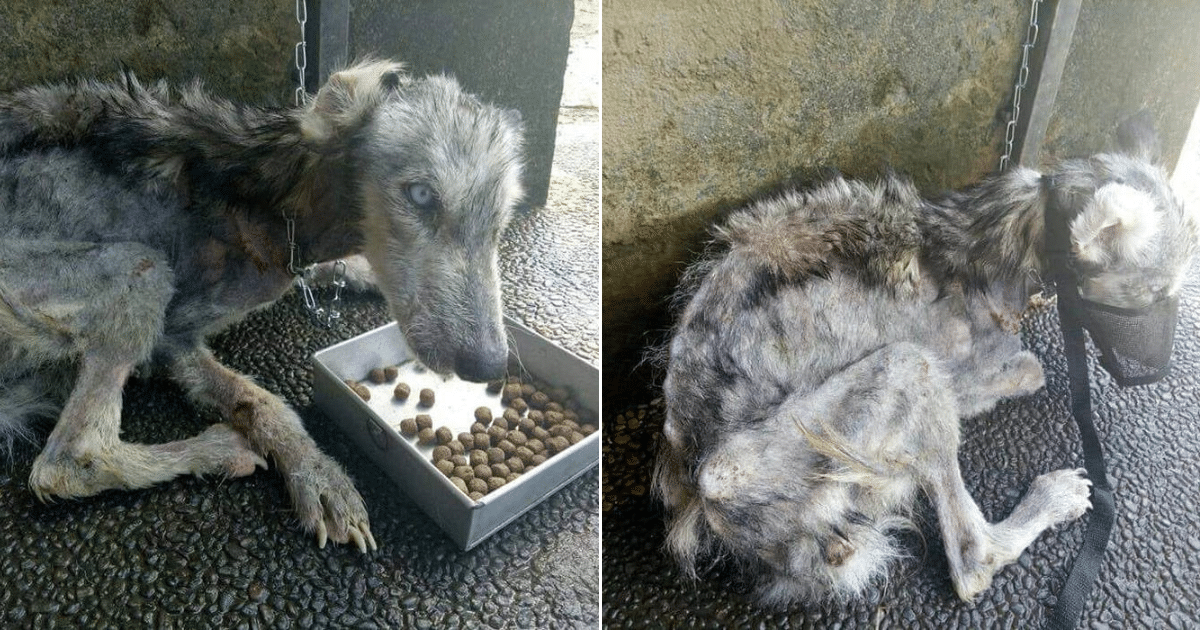
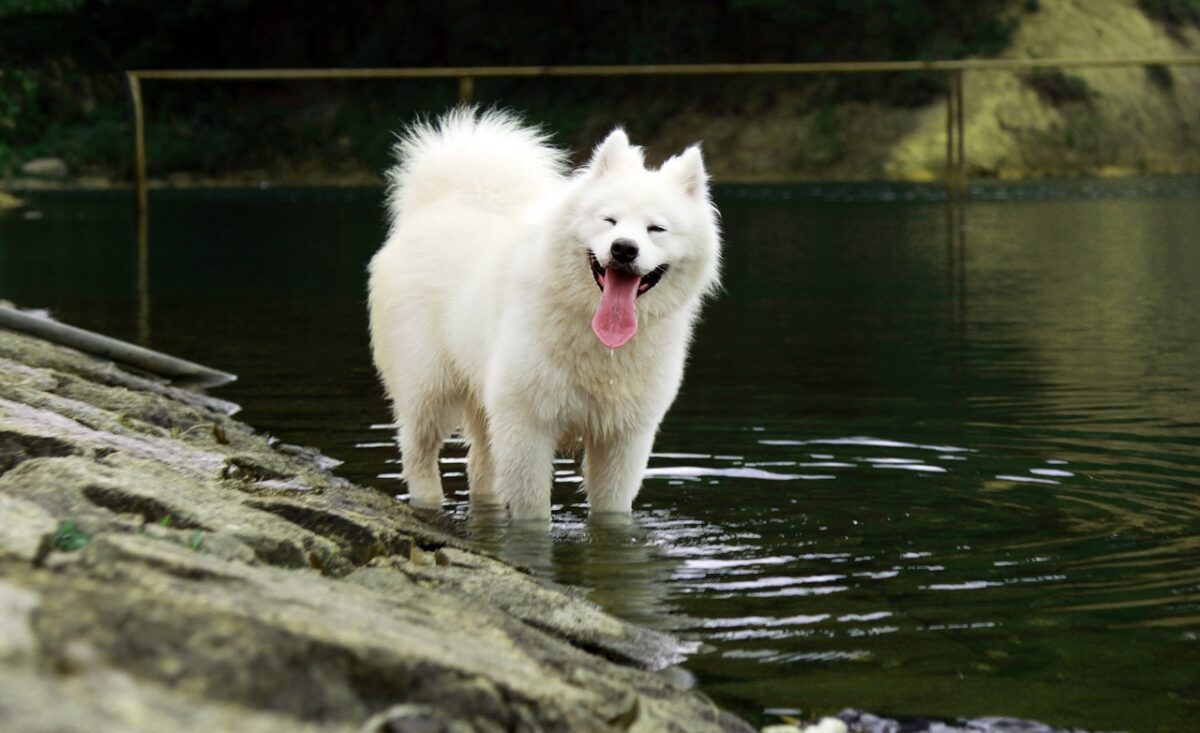
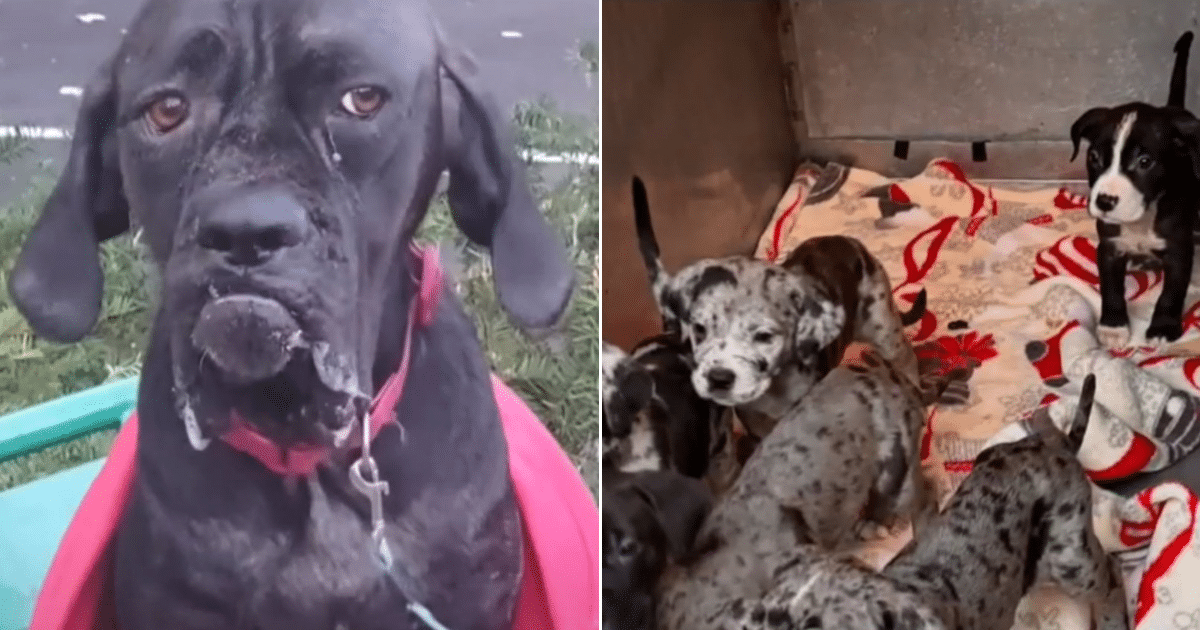


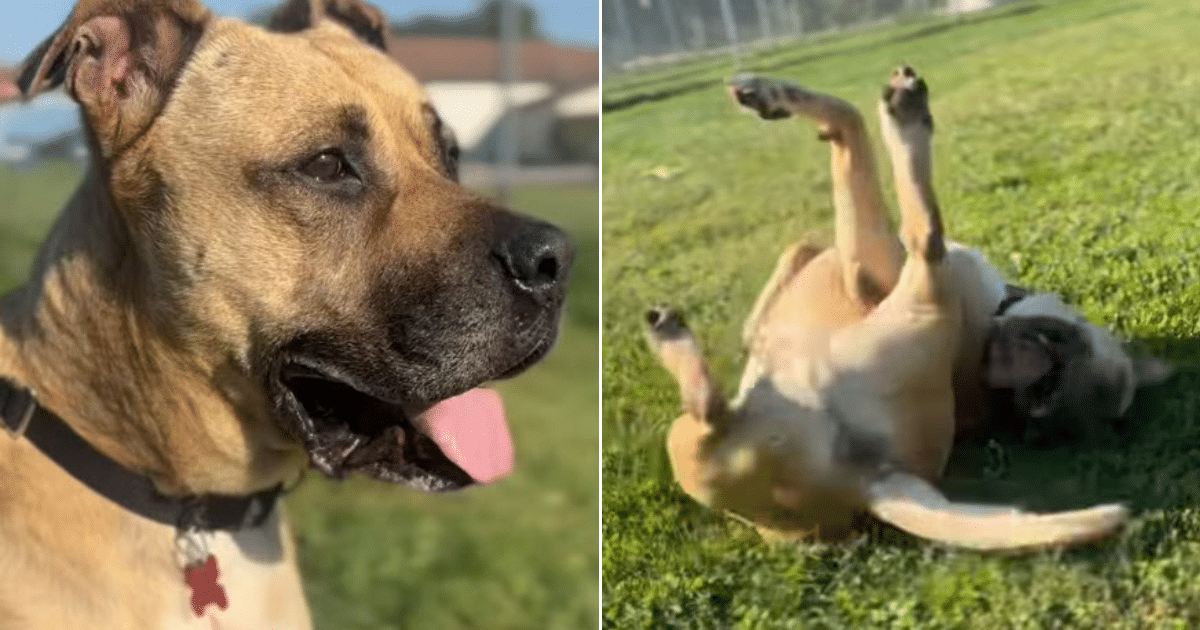

 English (US) ·
English (US) ·